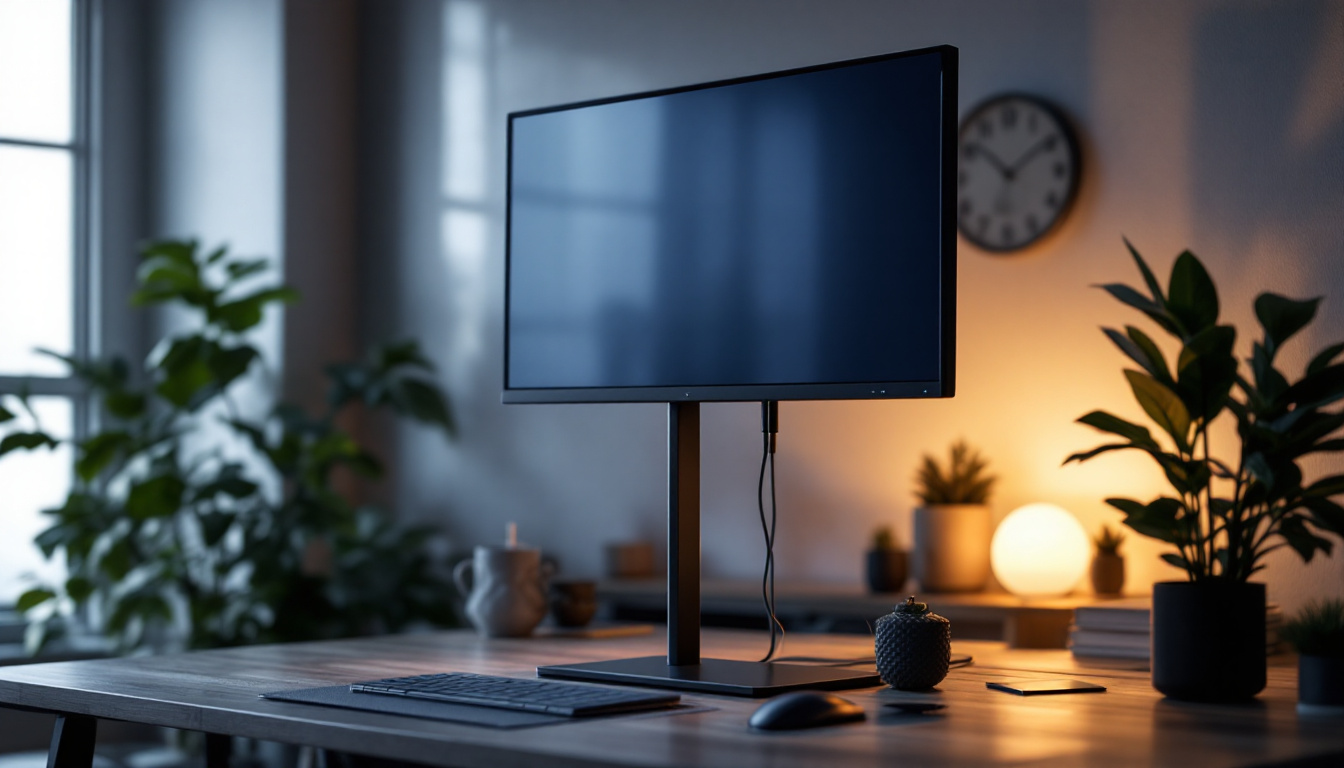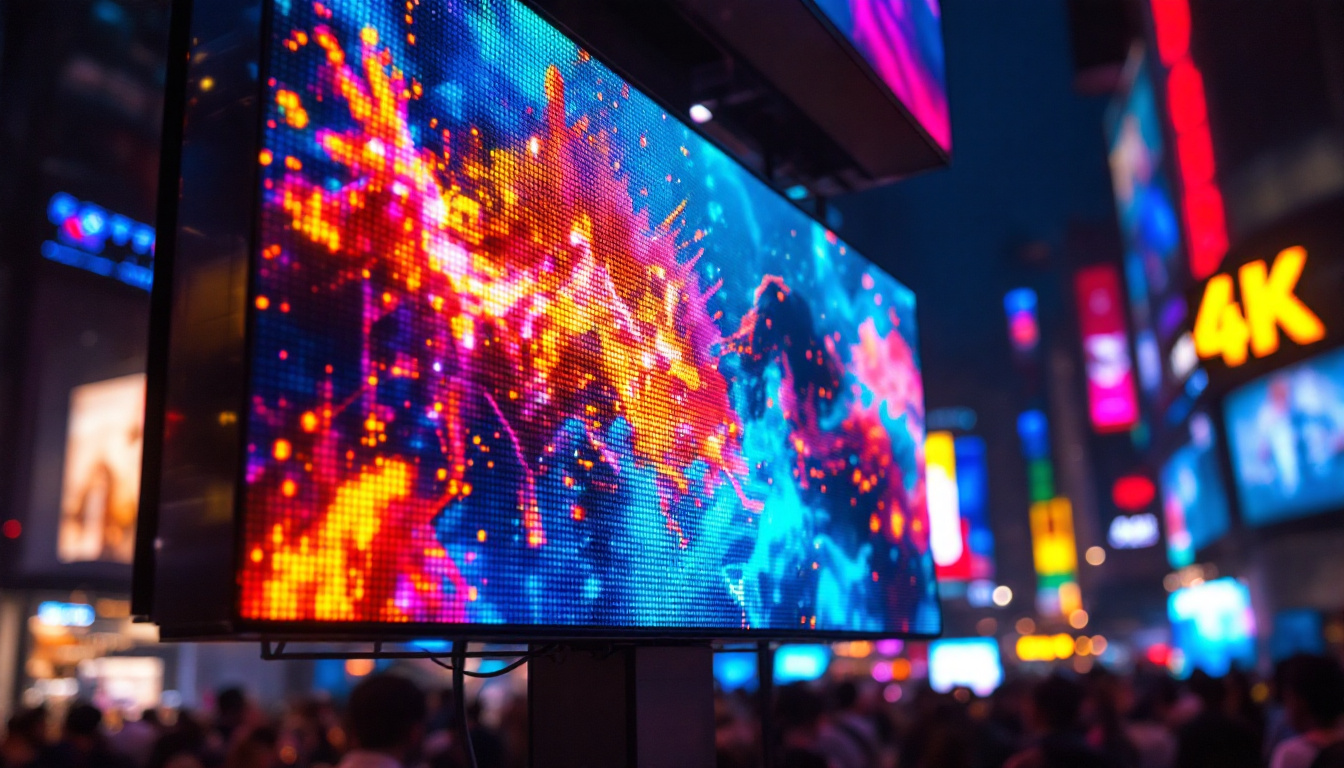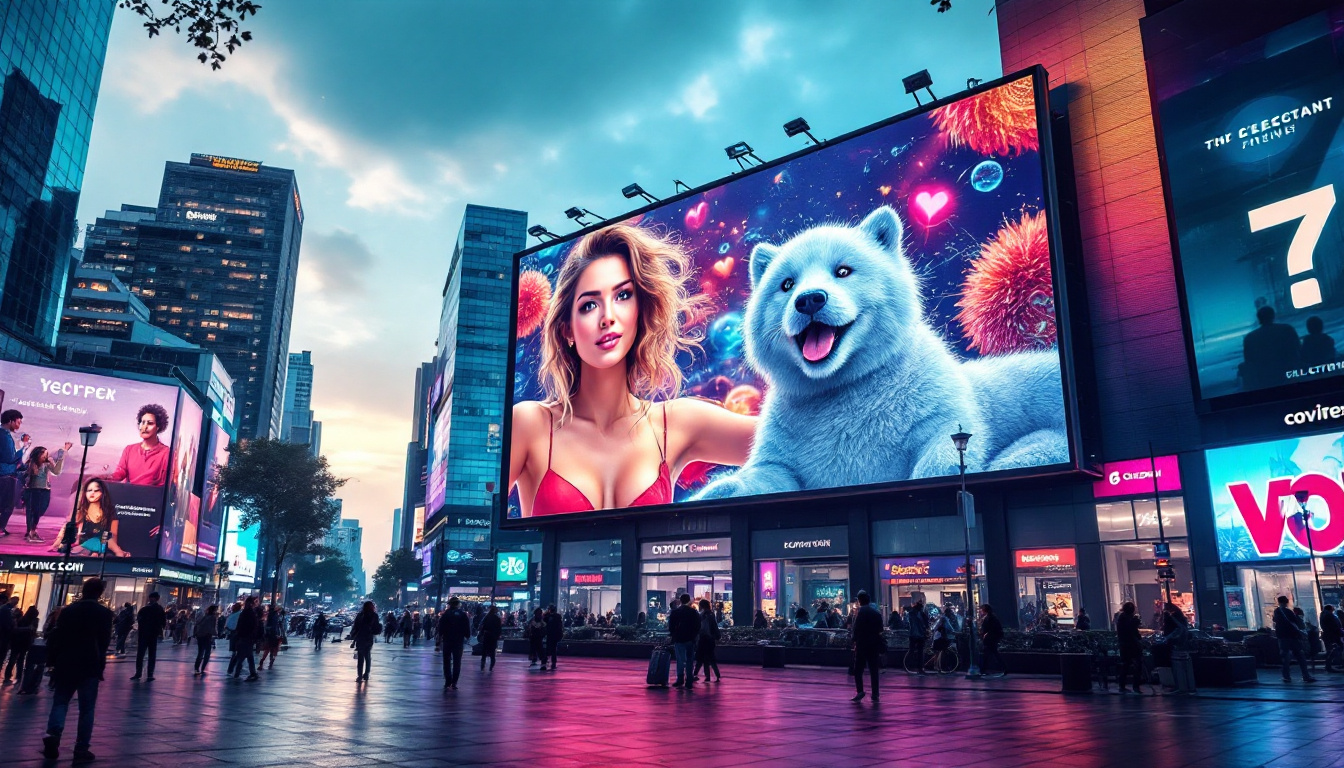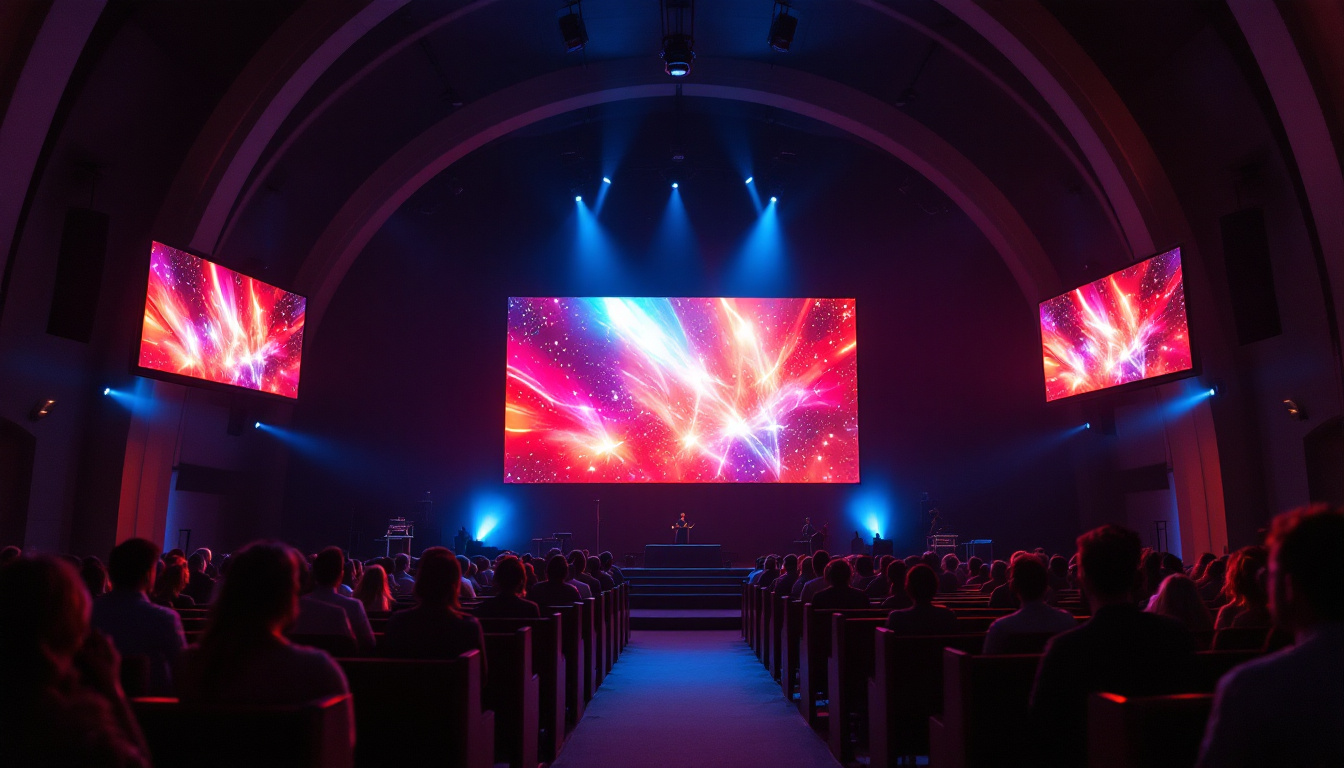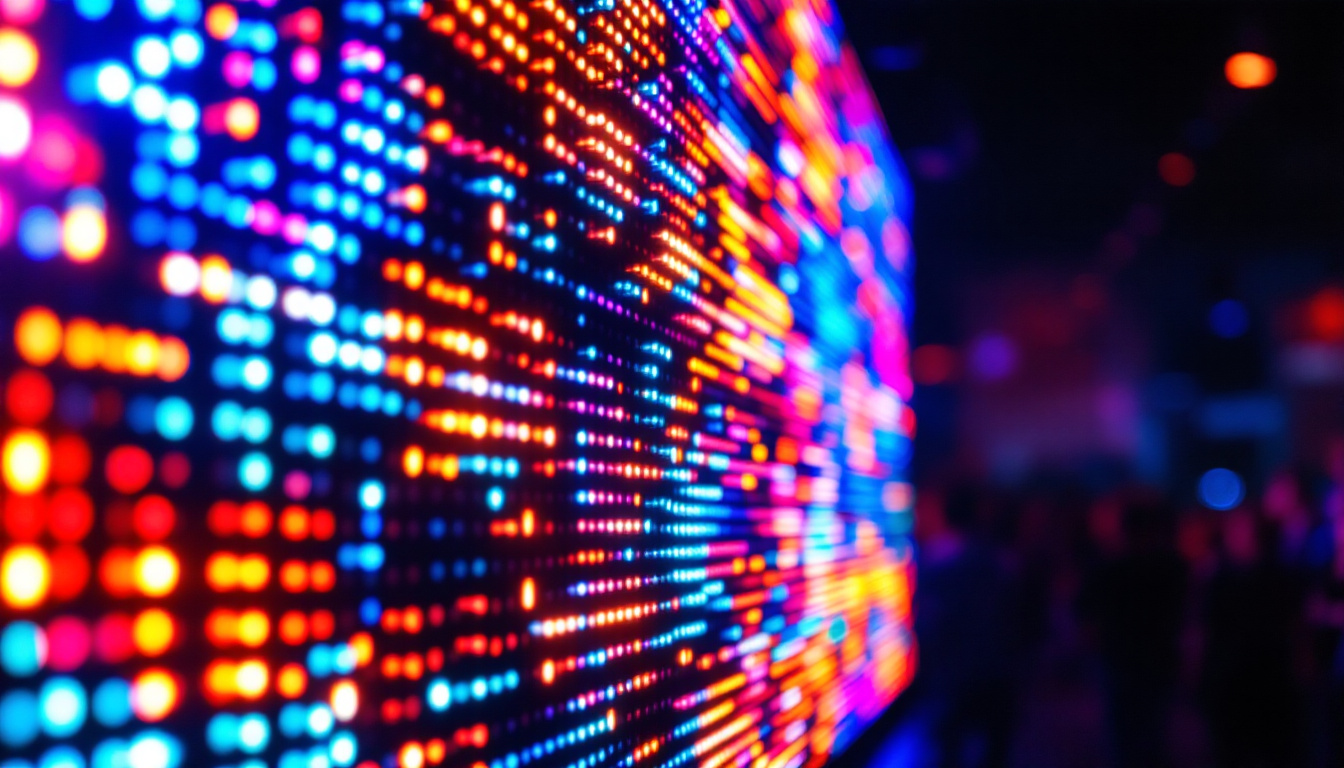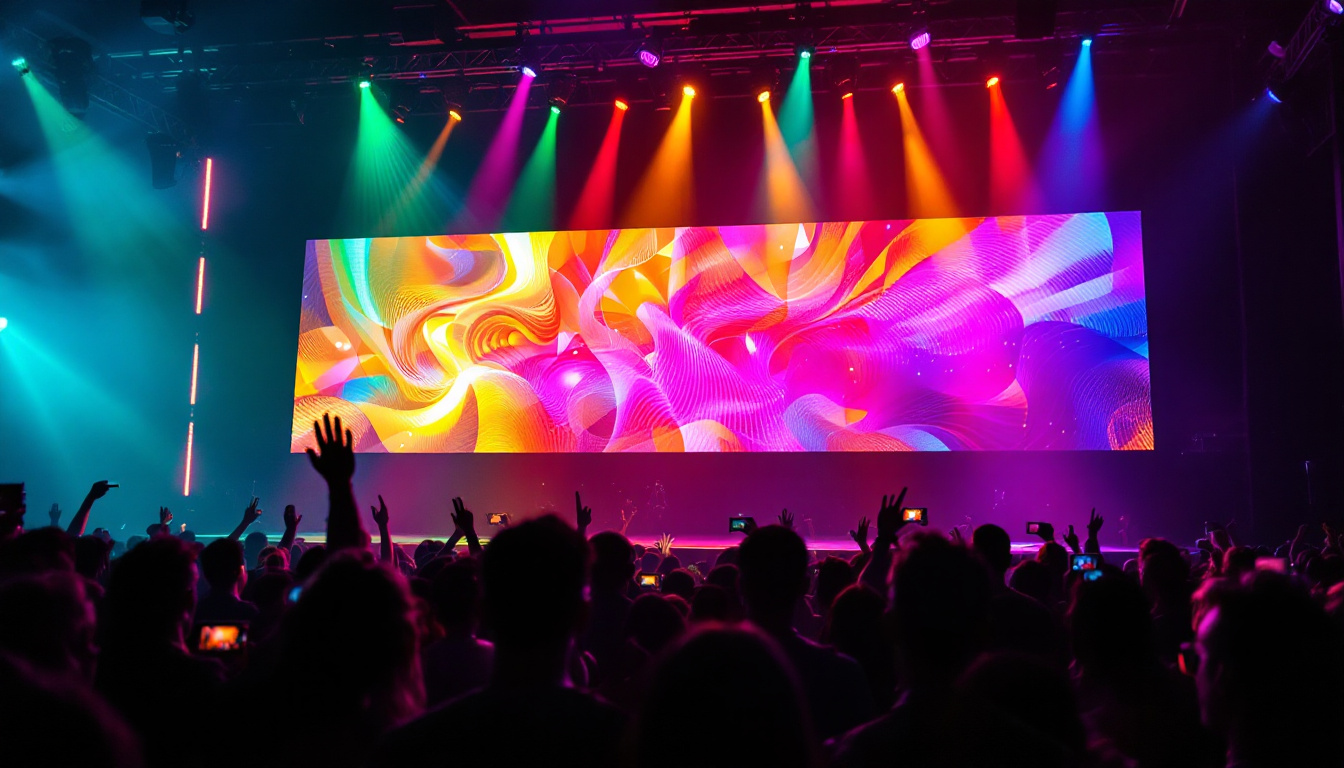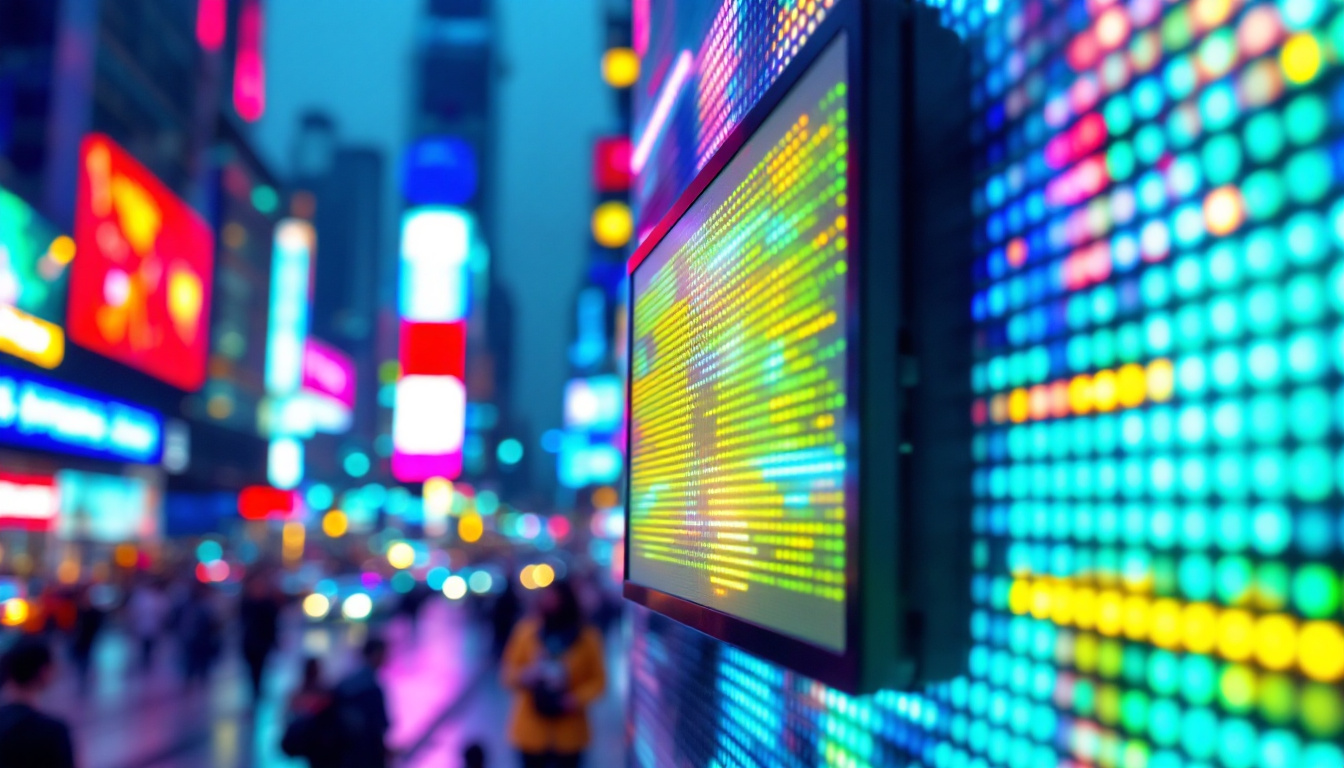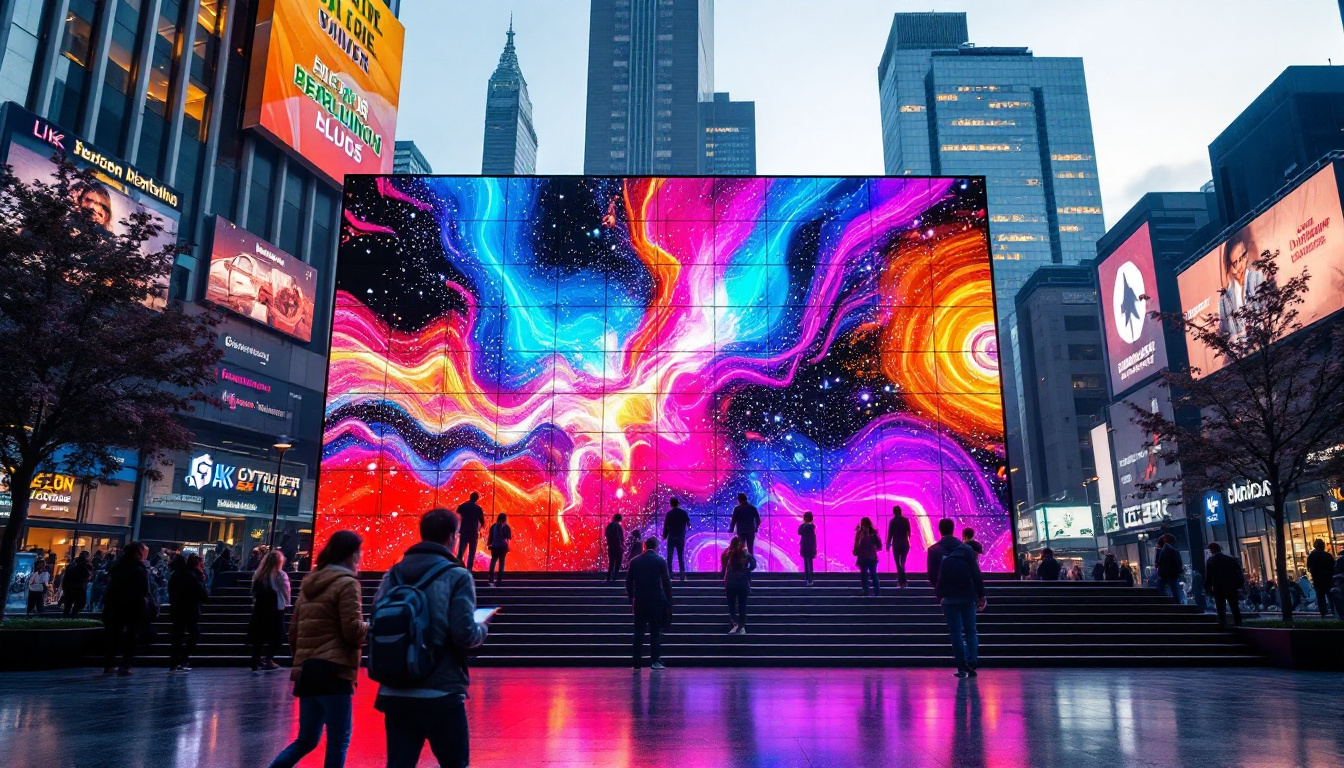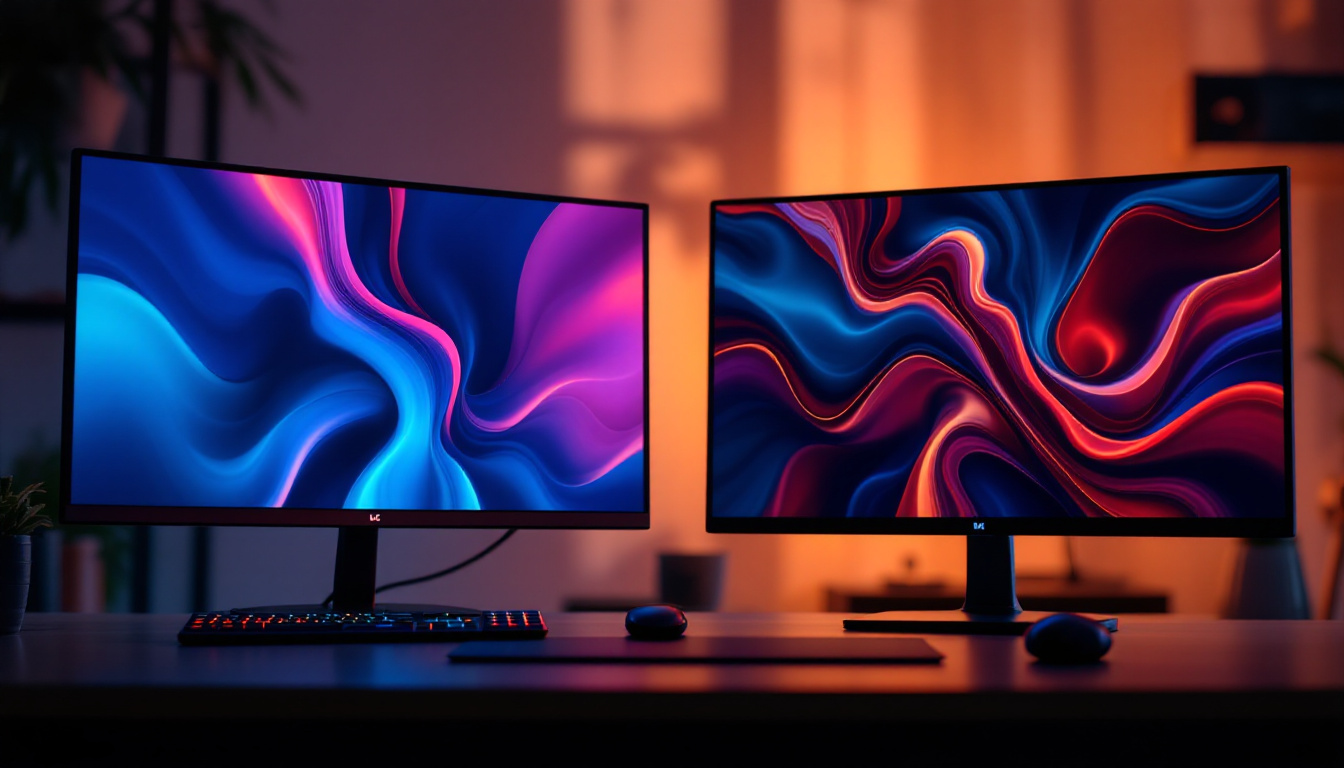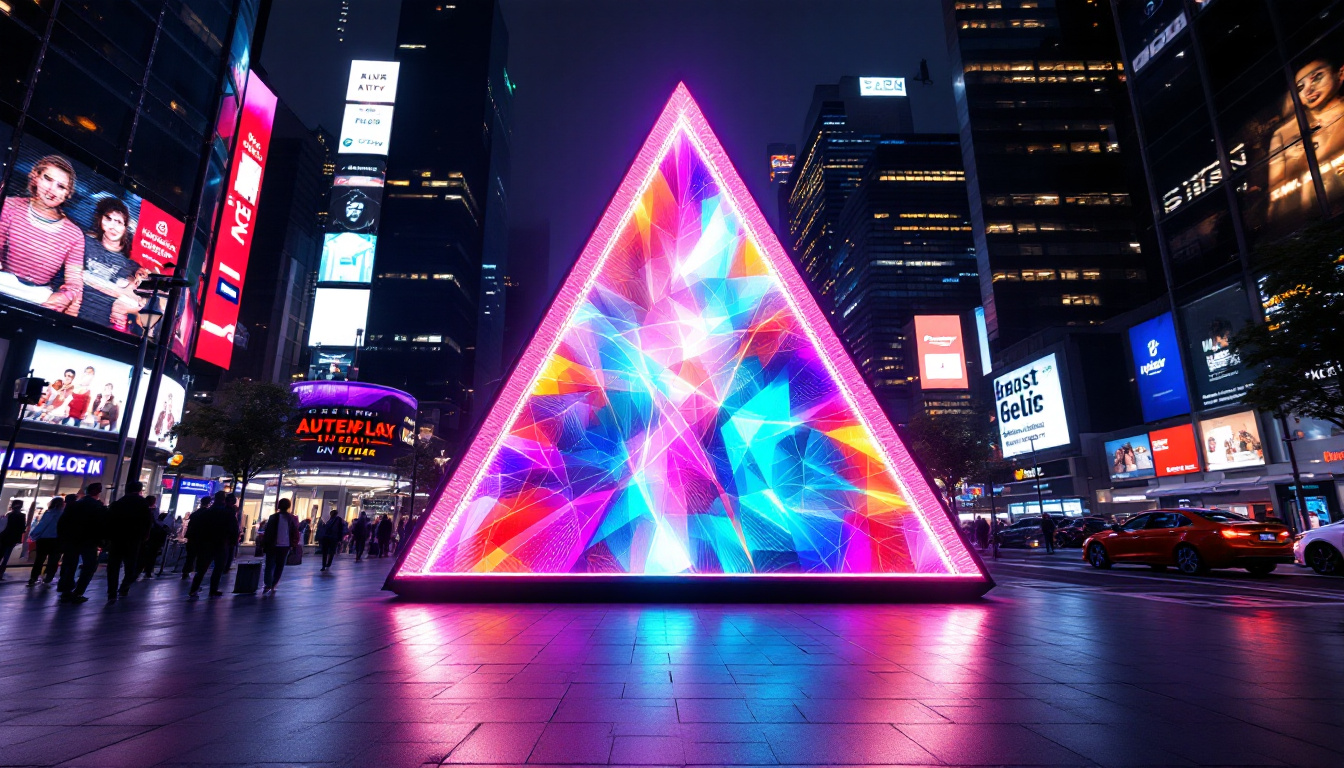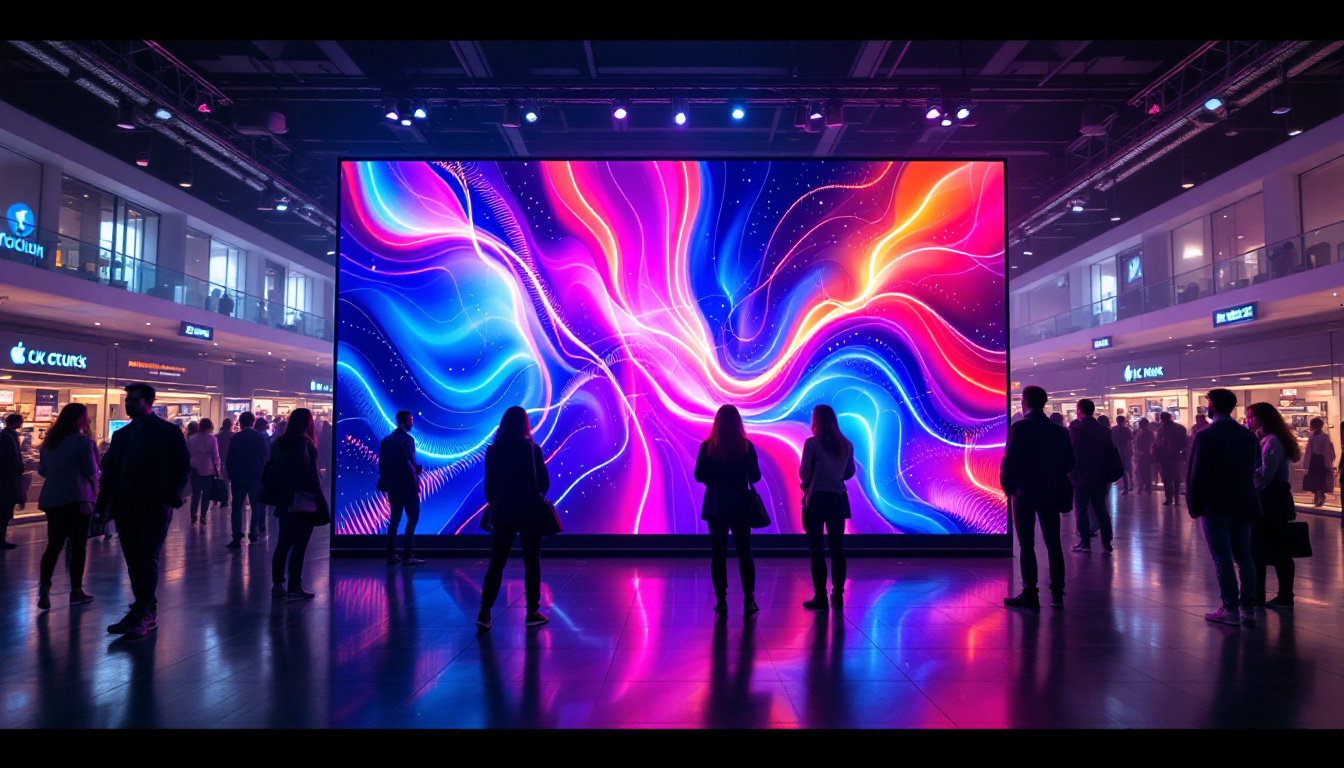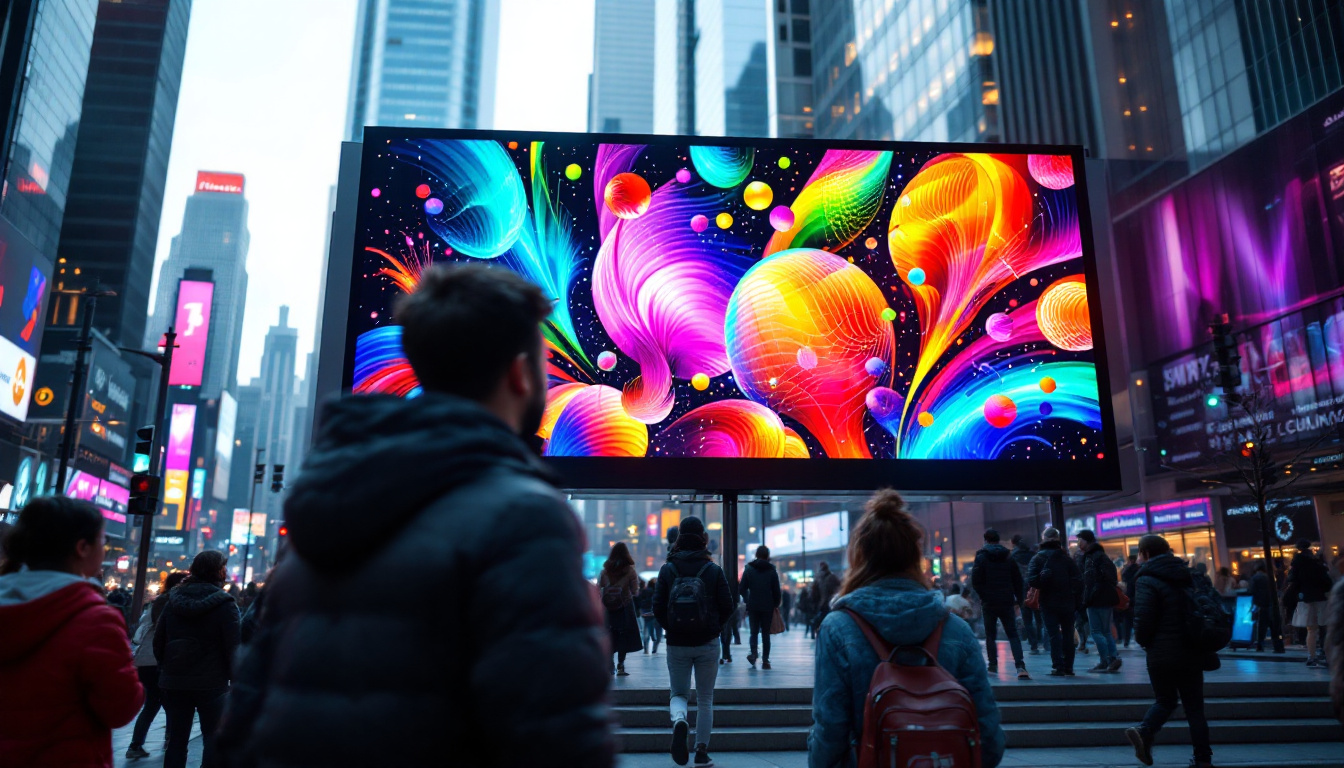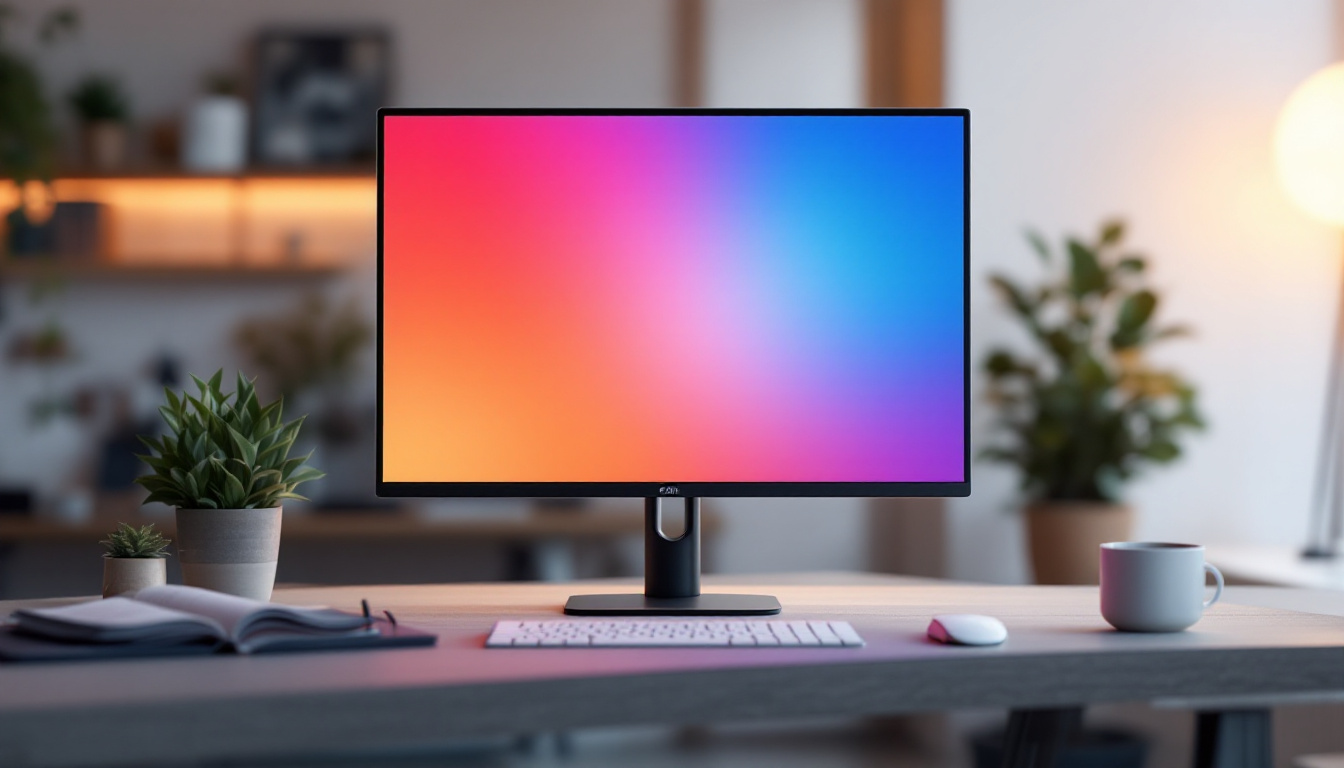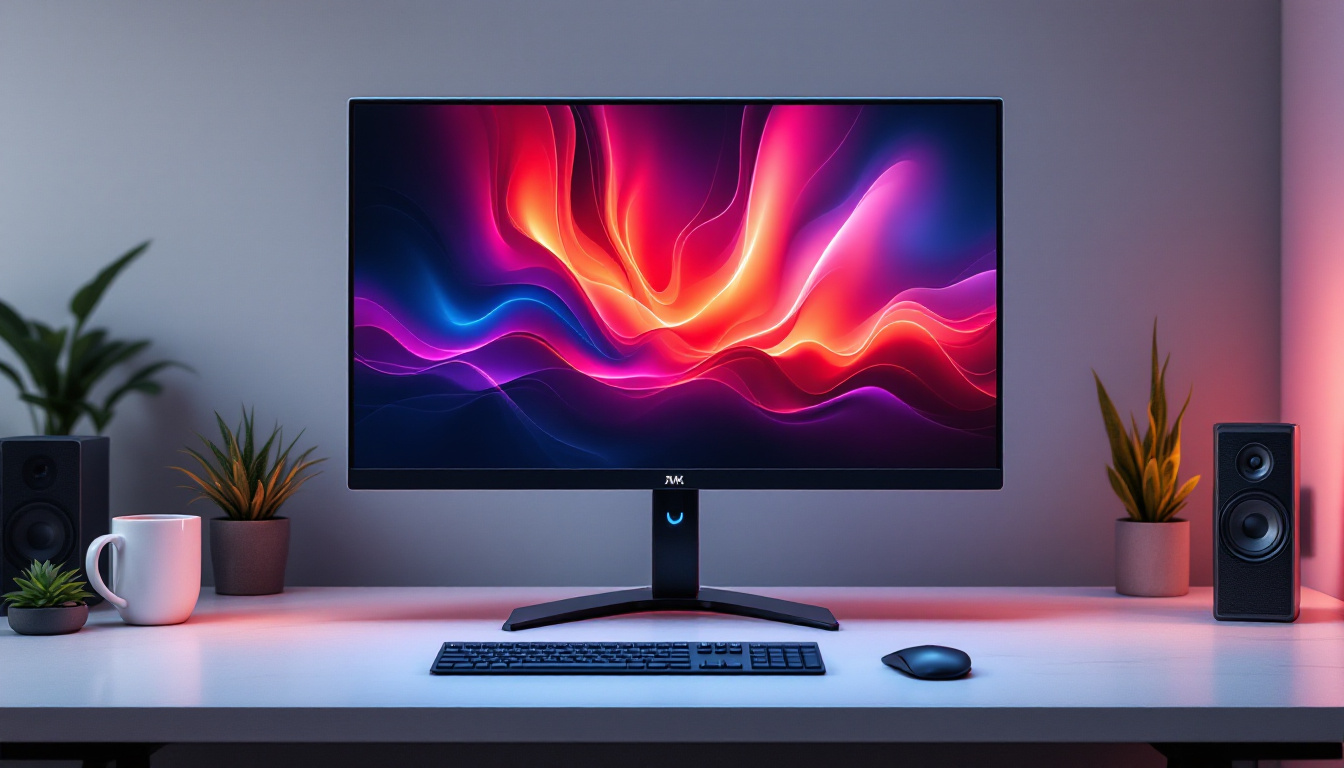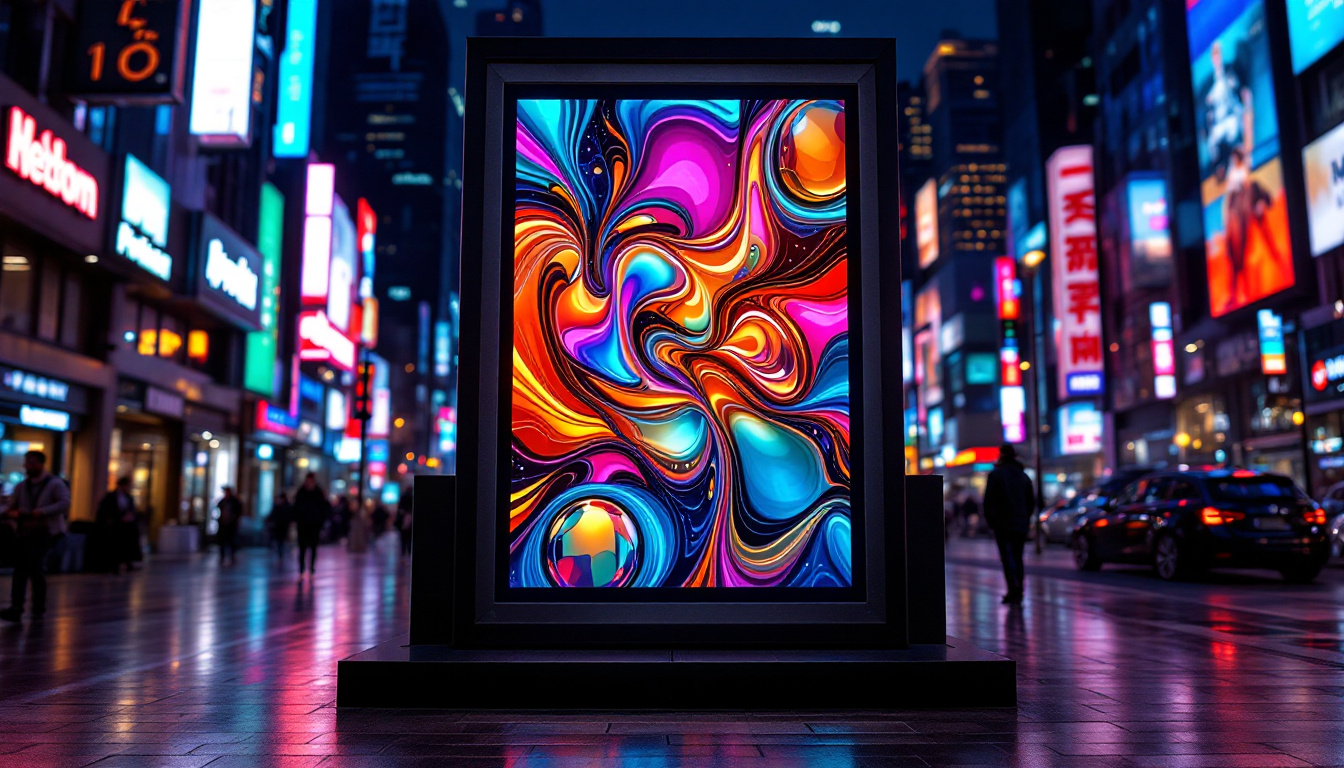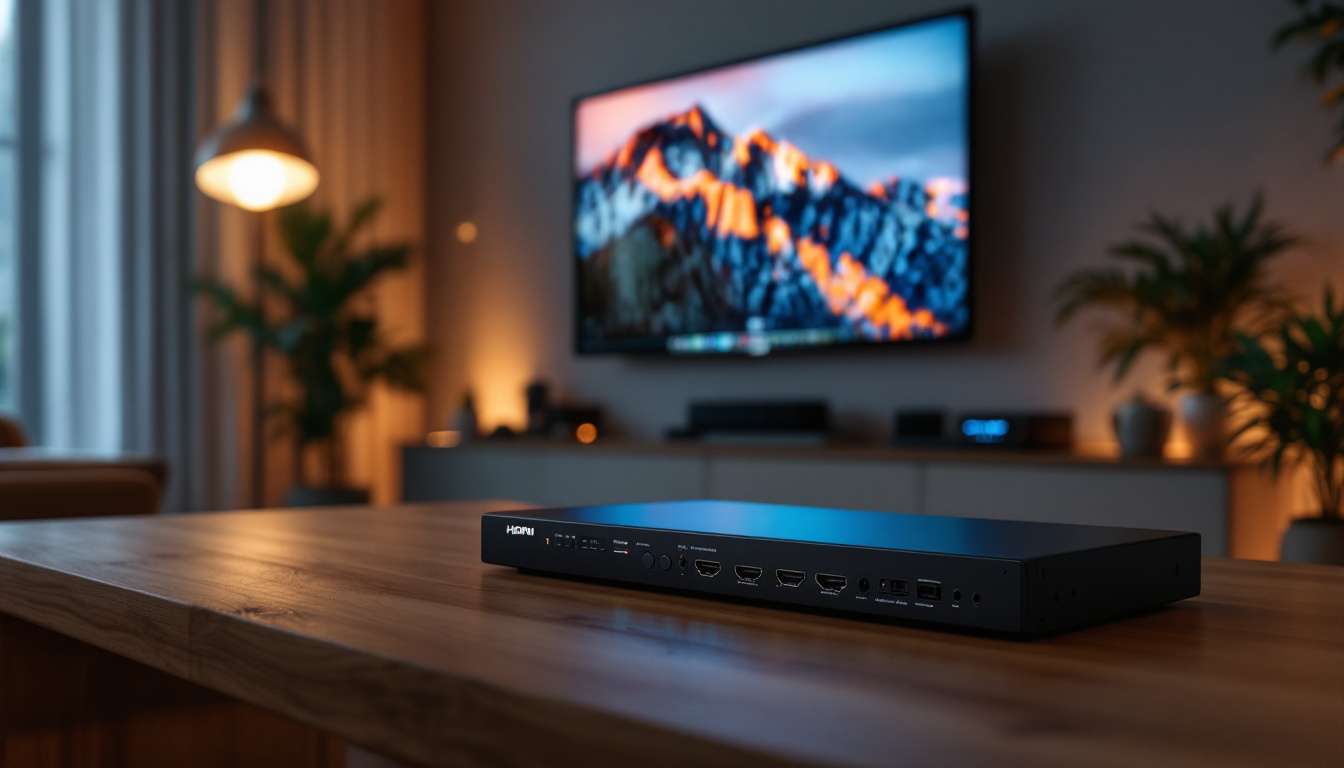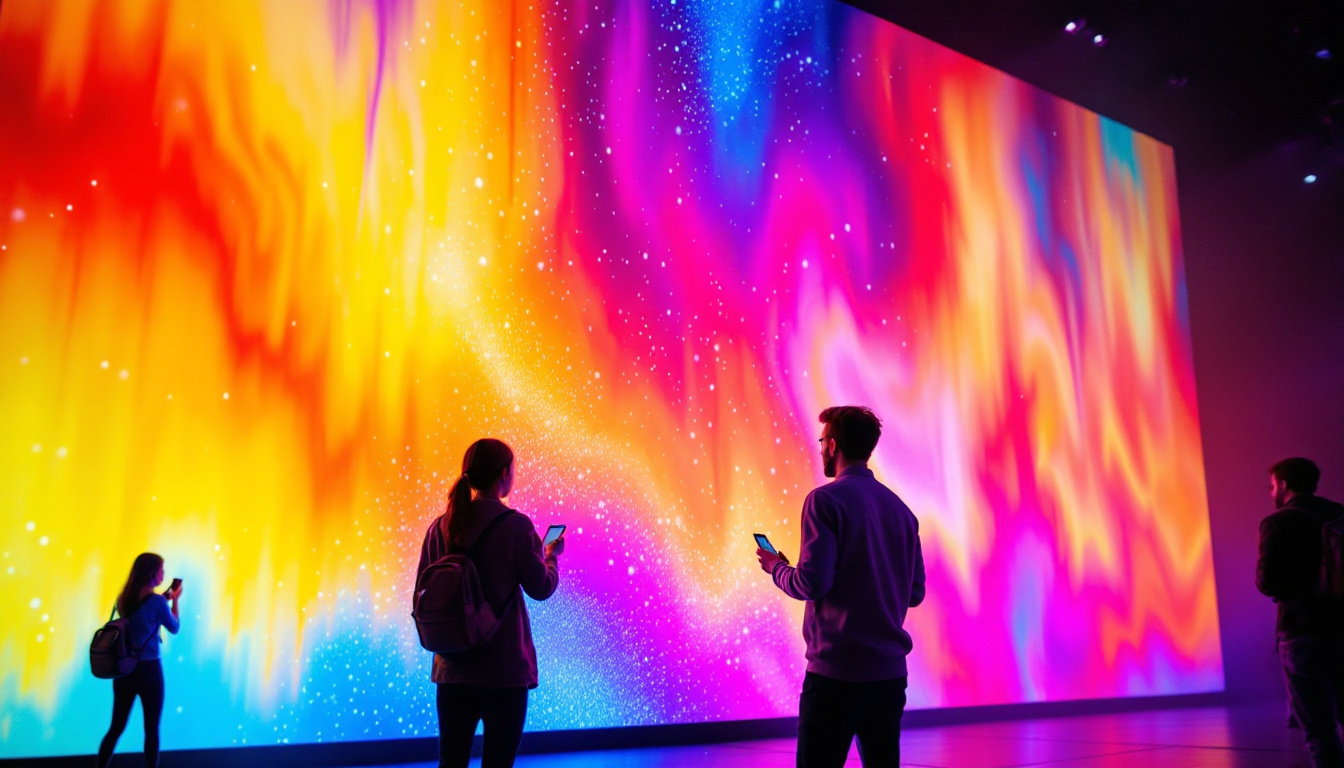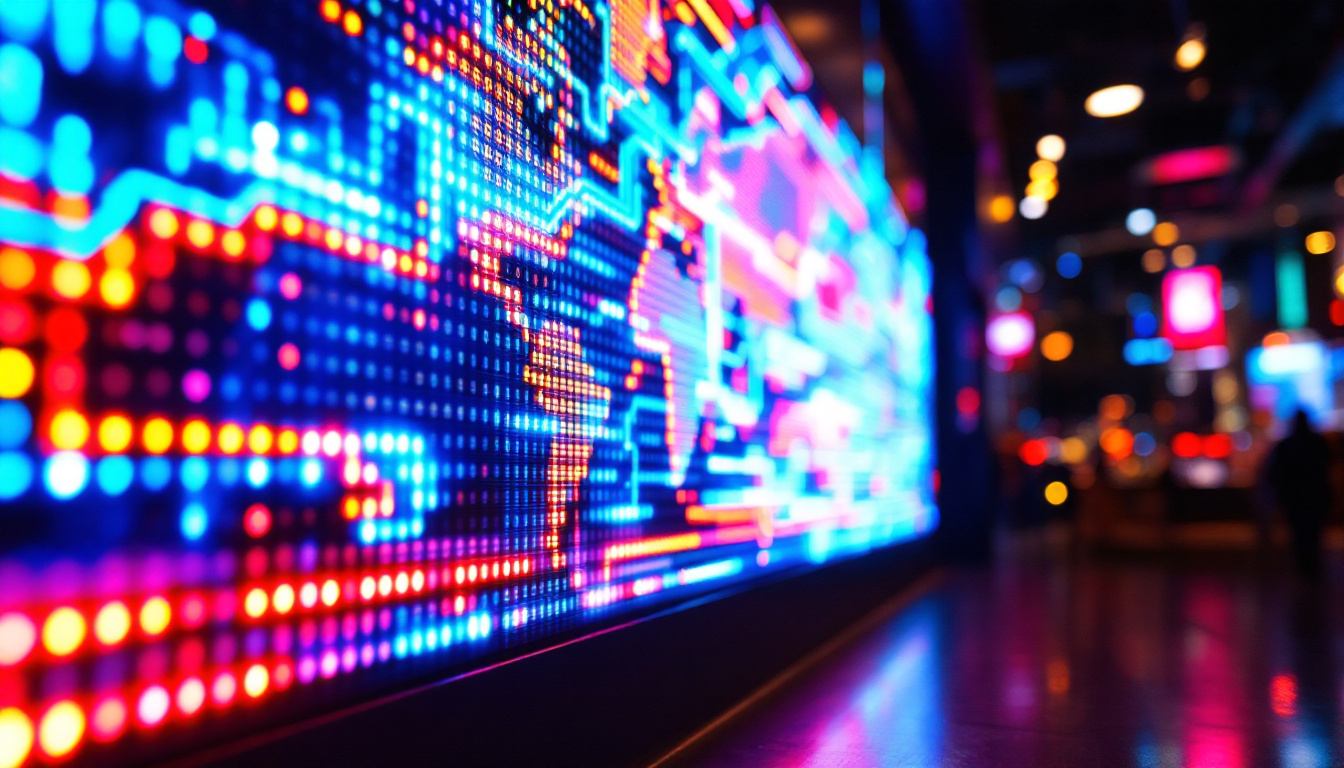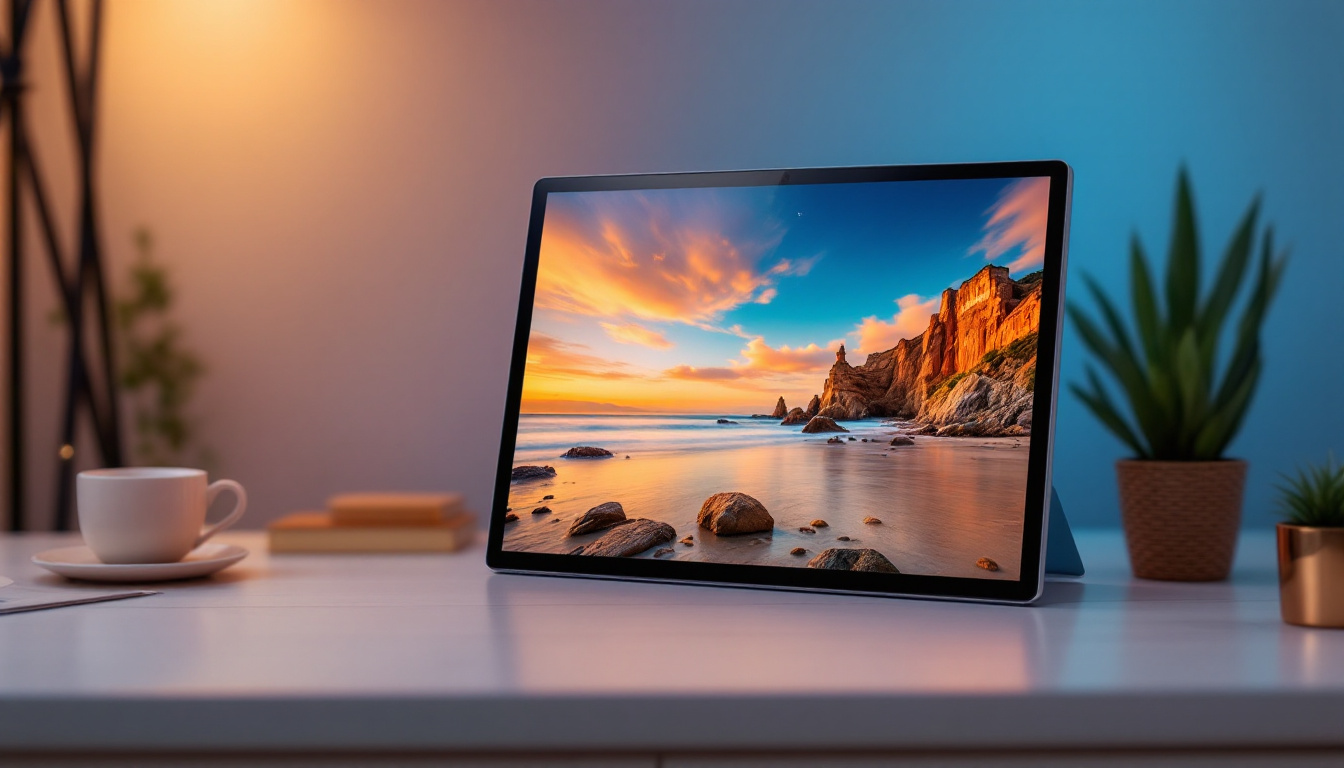In the modern world, visual displays have become an integral part of communication, marketing, and information dissemination. Among the various display technologies available, LED displays stand out for their vibrant colors, energy efficiency, and versatility. However, the effectiveness of an LED display is not solely dependent on the technology itself; the way it is presented can significantly impact its utility and aesthetic appeal. This is where monitor floor stands come into play. This article delves into the importance of monitor floor stands, the features of LED displays, and how they work together to enhance visual communication.
The Importance of Monitor Floor Stands
Monitor floor stands serve as the backbone for displaying LED screens in various environments, from corporate offices to retail spaces. They provide stability, mobility, and flexibility, making them an essential component for any organization looking to leverage visual communication.
Stability and Safety
One of the primary functions of a monitor floor stand is to ensure stability. A well-designed stand can securely hold an LED display, preventing it from tipping over or being accidentally knocked down. This is especially crucial in high-traffic areas where people are constantly moving. Additionally, many stands come equipped with features such as locking wheels or adjustable bases, further enhancing their stability and safety. The materials used in construction also play a significant role; heavy-duty steel or reinforced aluminum can provide the necessary support to accommodate larger screens without compromising safety. Furthermore, some models are engineered with anti-tip designs, which are particularly beneficial in environments where children or pets may be present, ensuring peace of mind for users and onlookers alike.
Mobility and Versatility
Another significant advantage of monitor floor stands is their mobility. Many models are designed with wheels, allowing for easy relocation of the display as needed. This is particularly beneficial for businesses that frequently change their layout or host events. The versatility of floor stands also allows for different heights and angles, accommodating various viewing preferences and environments. For instance, in a conference room, a stand can be adjusted to ensure that all attendees have a clear view of the presentation, while in a retail setting, it can be positioned to attract customers from different angles. Additionally, some stands are designed to hold multiple screens, creating dynamic displays that can be easily rearranged, making them perfect for exhibitions or trade shows where adaptability is key.
Enhanced Aesthetic Appeal
Beyond functionality, monitor floor stands can enhance the aesthetic appeal of a space. Available in various designs, colors, and materials, they can complement the overall decor of an environment. A well-chosen stand can elevate the visual impact of an LED display, making it not just a tool for communication but also a stylish addition to the space. Many manufacturers offer customizable options, allowing businesses to select finishes that match their branding or interior design. This attention to detail can transform a simple monitor into a focal point, drawing attention and enhancing the overall atmosphere. Furthermore, some modern stands incorporate cable management systems, which not only keep the area tidy but also contribute to a sleek, professional appearance, eliminating the clutter of visible wires and cords.
Understanding LED Displays
LED displays are a popular choice for visual communication due to their superior brightness, energy efficiency, and longevity. Understanding how these displays work and their unique features can help organizations make informed decisions when investing in visual technology. The rise of LED technology has revolutionized the way we perceive and interact with digital content, making it an essential component in modern communication strategies.
How LED Displays Work
LED, or Light Emitting Diode, displays utilize semiconductor technology to produce light. Each pixel on an LED screen is made up of tiny diodes that emit light when an electric current passes through them. This technology allows for a wide range of colors and brightness levels, making LED displays ideal for various applications, from advertising to presentations. Additionally, the modular nature of LED displays means they can be configured in various shapes and sizes, allowing for creative installations that can adapt to any environment or branding requirement.
Advantages of LED Technology
LED displays offer several advantages over traditional display technologies. They consume less power, which not only reduces electricity costs but also makes them more environmentally friendly. Additionally, LED displays have a longer lifespan compared to other types, such as LCD or plasma screens. This longevity means fewer replacements and lower maintenance costs over time. Moreover, LED technology is known for its high refresh rates and fast response times, which contribute to smoother video playback and a more immersive viewing experience, particularly in dynamic content scenarios like sports events or concerts.
Applications of LED Displays
LED displays are incredibly versatile and can be used in a variety of settings. In retail environments, they are often used for advertising and promotions, capturing the attention of passersby with vibrant visuals. In corporate settings, they serve as effective tools for presentations and information sharing, enhancing communication in meetings and conferences. Furthermore, LED displays are becoming increasingly popular in public spaces, such as airports and train stations, where they provide real-time information to travelers. Beyond these applications, LED technology is also making waves in the entertainment industry, with large-scale installations at concerts, festivals, and sporting events, where they create stunning visual effects that enhance the overall experience for audiences. Additionally, as technology evolves, we are seeing innovations such as transparent LED displays, which open up new possibilities for creative advertising and architectural design, allowing for engaging content without obstructing views or natural light.
Choosing the Right Monitor Floor Stand
When selecting a monitor floor stand for an LED display, several factors must be considered to ensure it meets the specific needs of the environment and the display itself.
Weight Capacity
One of the first considerations when choosing a monitor floor stand is its weight capacity. Different LED displays vary in weight, and it is crucial to select a stand that can support the specific model being used. Overloading a stand can lead to instability and potential damage to the display.
Height Adjustment Features
Height adjustment is another essential feature to look for in a monitor floor stand. Depending on the setting, the optimal viewing height may vary. A stand that allows for easy height adjustment can accommodate different audiences and ensure that everyone has a clear view of the display.
Design and Aesthetic Compatibility
As mentioned earlier, the design of the monitor floor stand should complement the overall aesthetic of the space. Whether it’s a sleek, modern design or a more traditional look, the stand should enhance the visual appeal of the LED display rather than detract from it.
Installation and Setup
Proper installation and setup of monitor floor stands are vital to ensure optimal performance and safety. Following the manufacturer’s guidelines and best practices can help achieve a successful installation.
Assembly Instructions
Most monitor floor stands come with detailed assembly instructions. It is essential to follow these instructions carefully to avoid any issues during setup. Ensuring that all components are securely fastened will contribute to the stability and safety of the display.
Positioning the Stand
When positioning the monitor floor stand, consider the viewing angles and the layout of the space. The stand should be placed in a location that maximizes visibility while minimizing distractions. Additionally, ensure that there is enough space around the stand for easy access and movement.
Testing and Calibration
After installation, it is important to test the display to ensure it is functioning correctly. Check for any issues with brightness, color accuracy, and connectivity. Calibrating the display settings can also enhance the viewing experience, making sure that the visuals are sharp and vibrant.
Maintenance and Care
To ensure the longevity of both the monitor floor stand and the LED display, regular maintenance and care are essential. Simple practices can go a long way in preserving the functionality and appearance of the equipment.
Regular Cleaning
Dust and dirt can accumulate on both the monitor floor stand and the LED display, affecting their performance and appearance. Regular cleaning with appropriate materials can help maintain their condition. For the display, use a microfiber cloth and a suitable cleaning solution to avoid damaging the screen. The stand can be wiped down with a damp cloth to remove any dust or smudges.
Periodic Inspections
Conducting periodic inspections of the monitor floor stand is also advisable. Check for any signs of wear and tear, loose screws, or structural issues. Addressing these concerns promptly can prevent larger problems down the line and ensure the safety of the display.
Updating Technology
As technology evolves, it may be beneficial to update the LED display or the monitor floor stand. Keeping up with the latest advancements can enhance the visual experience and improve overall efficiency. When considering an upgrade, ensure that the new equipment is compatible with existing setups.
Conclusion
Monitor floor stands play a crucial role in the effective presentation of LED displays. By providing stability, mobility, and aesthetic appeal, they enhance the overall impact of visual communication. Understanding the features and advantages of LED displays, along with the importance of selecting the right stand, can significantly improve how information is conveyed in various environments.
As organizations continue to embrace visual technology, investing in quality monitor floor stands will ensure that LED displays are utilized to their fullest potential. With proper installation, maintenance, and care, these displays can serve as powerful tools for engagement and communication, making a lasting impression on audiences.
Discover the Future of Visual Display with LumenMatrix
Ready to elevate your visual communication and create an unforgettable experience for your audience? Explore LumenMatrix’s comprehensive range of LED display solutions, designed to bring your brand to life. From captivating Indoor LED Walls to dynamic Outdoor LED Displays, and from versatile Vehicle LED Displays to innovative LED Sports Displays, LumenMatrix has the technology to transform your space. Don’t miss the opportunity to make a powerful statement with our Floor LED Displays, Custom LED Displays, All-in-One LED Displays, and cutting-edge LED Transparent Displays. Check out LumenMatrix LED Display Solutions today and join the revolution in digital signage and LED displays.

